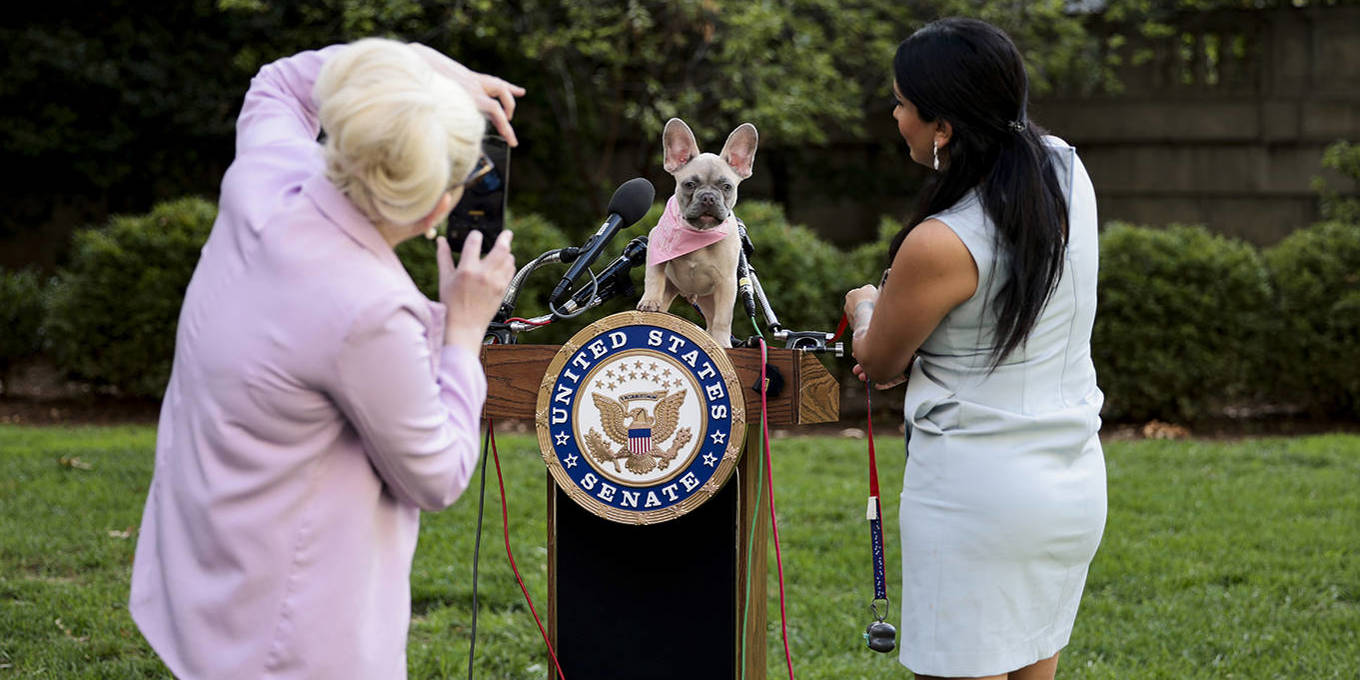
SINGAPORE – Even in an era of intense political polarization, there are still moments when a bipartisan consensus can emerge around important ethical issues. One such moment is happening now. Last April, the United States Food and Drug Administration released its “Roadmap to Reducing Animal Testing in Preclinical Safety Studies.” The FDA said that it was taking “a groundbreaking step” that would advance public health and limit wasteful expenditure by replacing animal testing with “more effective, human-relevant methods.”
Such a step would, of course, reduce the suffering of millions of nonhuman animals used for tests. Echoing what opponents of the use of animals in drug testing have long been saying, the FDA referred to a “growing scientific recognition that animals do not provide adequate models of human health and disease. The Roadmap also noted that more than 90% of drugs that appear safe and effective in animals do not receive FDA approval for use in humans because they are not safe and effective in humans.
Two weeks after the FDA announcement, the US National Institutes of Health (NIH), the world’s largest funder of biomedical research, added its support for the shift away from animals, announcing a new commitment: to give higher priority to “human-based research technologies” and to reduce the use of animals in the research that it funds. NIH Director Jay Bhattacharya said that integrating data science and technology would “fundamentally reimagine the way research is conducted,” and by doing so, speed up innovation and improve the outcomes obtained from healthcare.
In July, the FDA and NIH jointly hosted a high-level workshop on reducing animal testing, where papers on new research methods were presented. The event’s breaking news was the NIH’s announcement to stop issuing new grants for research that relies solely on animal testing.
Senior FDA officials reported that their interactions with hundreds of pharmaceutical and biotech CEOs during a nationwide listening tour had revealed that industry is already using the new, human-centered approach “because it works and because it’s highly predictive.” The pharmaceutical and biotech companies were nevertheless still using animals for testing, that the FDA wanted animal data.
Industry representatives reported that they found this troubling, owing to ethical concerns about conducting costly experiments that caused animals to suffer while providing data useful only to satisfy a bureaucratic requirement for bringing their products to market. The FDA commissioner noted that the new methods could accelerate the provision of beneficial treatments to the public, reduce research and development costs, and eventually lower drug prices, while being “more humane and ethical for animals.”
This shift is cause for celebration, but it is tragic that it has taken so long. Fifty years ago, one of us wrote in Animal Liberation that alternatives to the use of animals “exist already and others would develop more rapidly, if the energy and resources now applied to experiment on animals were redirected into the search for alternatives.” That did not happen. Since the 1938 Federal Food, Drug, and Cosmetic Act, the United States had required animal testing for predicting human outcomes for all drug, therapy, cosmetic, and food safety reviews and approvals.
For more than 80 years, industrial suppliers profited from breeding and selling billions of animals for research purposes. (The share price of the largest of these companies, Charles River Laboratories, fell 28% after the FDA announced its intention to reduce animal use.) Public funds were wasted on tests that caused immense harm to animals while failing to predict how humans would respond. Patients suffered and died because they were given drugs that worked on nonhuman animals, but not on them.
The first step toward changing the paradigm was taken in 2022, when overwhelming, bipartisan majorities in both the House of Representatives and the Senate approved the FDA Modernization Act 2.0, making it legal for the FDA to certify substances as safe based on testing without animals. Some of these methods have existed for a long time, while others are novel. In 2024, the NIH established a nearly $400 million innovation program to develop, over the next ten years, new methodologies that promise to transform the way we understand biological processes and disease states.
Charles River Laboratories, after seeing its stock price plummet, decided that it didn’t want to risk going the way of Kodak. The company announced its support for the FDA’s focus on alternatives and stated that it intended to be a leader in the transition.
Animal testing will not stop overnight. Nevertheless, we are hopeful that over the next ten years, we will see a profound change in protecting human safety and developing cures for the diseases that afflict us, without inflicting suffering on animals.